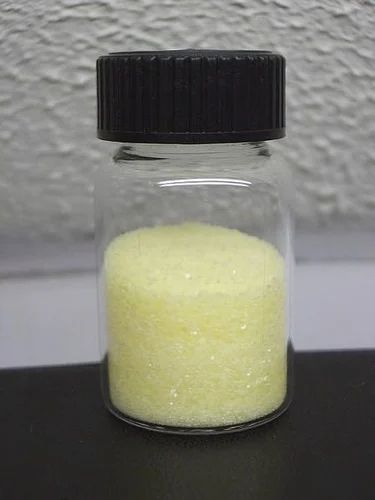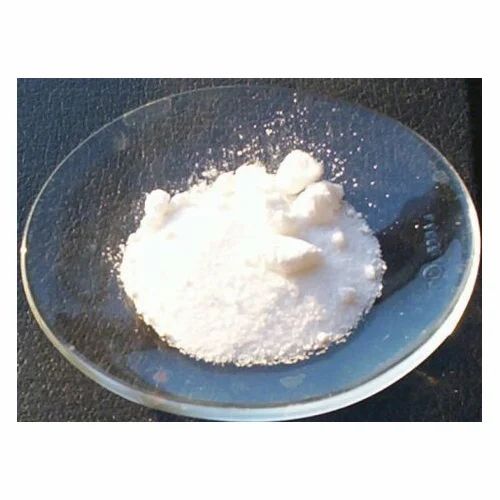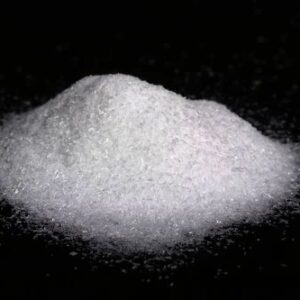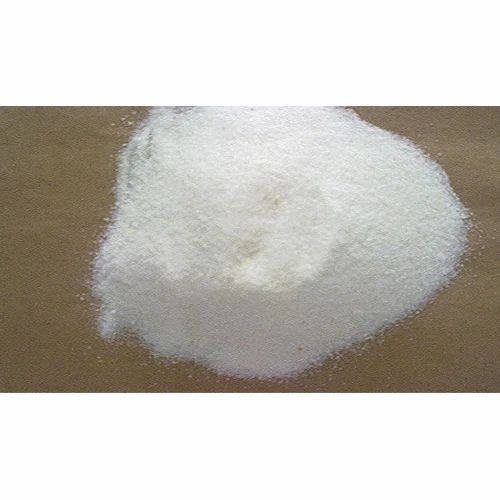Potassium Ferrocyanide: The Ultimate Product Guide
Potassium ferrocyanide, with the chemical formula K3[Fe(CN)6]K_3[Fe(CN)_6], is an inorganic compound that appears as a bright yellow crystalline solid. Commonly known as “yellow prussiate of potash,” this versatile chemical is widely recognized for its applications in various industries, including photography, metallurgy, and analytical chemistry. Renowned for its unique properties, potassium ferrocyanide plays a critical role in numerous processes. In this comprehensive product description, we will explore its properties, applications, benefits, and safety considerations, highlighting its significance across multiple fields.
Chemical Properties
Composition and Structure
Potassium ferrocyanide is produced by reacting potassium cyanide with iron(II) salts. This compound typically appears as bright yellow crystals that are highly soluble in water. The molecular weight of potassium ferrocyanide is approximately 329.24 g/mol.
Physical Characteristics
- Appearance: Bright yellow crystalline solid
- Molecular Weight: 329.24 g/mol
- Solubility: Highly soluble in water; slightly soluble in alcohol
- pH: Neutral in solution
- Melting Point: Decomposes upon heating
These properties make potassium ferrocyanide suitable for various applications across different industries.
Applications of Potassium Ferrocyanide
1. Photography
Potassium ferrocyanide has a long-standing history in the field of photography:
- Developing Agent: It is used as a developing agent in photographic processes, particularly in black-and-white photography. Its ability to reduce silver ions makes it valuable for developing photographic films and papers.
- Cyanotype Process: In the cyanotype process, potassium ferrocyanide is used to create images with striking blue tones, showcasing its versatility in artistic photography.
2. Analytical Chemistry
In analytical chemistry, potassium ferrocyanide serves several important functions:
- Titration Reagent: It is commonly used as a reagent in redox titrations, particularly for determining the concentration of reducing agents in solutions.
- Indicator: Potassium ferrocyanide can act as an indicator in various chemical reactions, helping to visualize endpoint changes during titrations.
3. Metallurgy
Potassium ferrocyanide plays a significant role in metallurgy:
- Electroplating: It is used in electroplating processes, particularly for gold and silver plating. Its ability to complex with metal ions facilitates the plating process, enhancing the quality of the final product.
- Corrosion Inhibitor: The compound is effective in protecting metals from corrosion, making it valuable in various metal finishing applications.
4. Food Industry
In the food industry, potassium ferrocyanide is utilized:
- Food Additive: It can be used as a food additive to prevent the formation of undesirable compounds during food processing. Its properties help in maintaining color and quality in certain food products.
5. Laboratory Use
In laboratory settings, potassium ferrocyanide serves several important functions:
- Reagent: It is commonly used as a reagent in biochemical assays, providing essential ferric ions for various reactions.
- Buffer Solutions: Potassium ferrocyanide can be used to prepare buffer solutions, maintaining optimal pH levels in biological experiments.
Advantages of Using Potassium Ferrocyanide
1. Strong Oxidizing Agent
One of the primary advantages of potassium ferrocyanide is its strong oxidizing capabilities. This property makes it highly effective in various chemical reactions, particularly in analytical chemistry and photography.
2. Versatility
Potassium ferrocyanide is a versatile compound with applications across multiple industries, including photography, analytical chemistry, metallurgy, and food processing. Its multifunctional properties make it a valuable resource for professionals.
3. Cost-Effectiveness
Compared to other chemical reagents, potassium ferrocyanide is often more affordable, providing significant benefits without requiring large quantities. This makes it an economical choice for manufacturers and researchers alike.
4. Reliability in Analytical Procedures
Potassium ferrocyanide is widely used in analytical chemistry due to its reliability and effectiveness as a titrant and oxidizing agent. This ensures accurate results in various laboratory analyses.
How to Use Potassium Ferrocyanide
1. In Photography
When using potassium ferrocyanide in photographic applications:
- Preparation: It should be mixed with other chemicals in specific ratios to create a developing solution. Follow established formulas for optimal results.
- Storage: Store potassium ferrocyanide solutions in cool, dark places to maintain effectiveness.
2. In Analytical Chemistry
For analytical purposes:
- Titration Procedures: Use potassium ferrocyanide as a titrant in redox titrations, following established protocols to ensure accurate measurements.
- Indicator Application: Incorporate potassium ferrocyanide as an indicator in specific chemical reactions to visualize endpoint changes.
3. In Metallurgy
When incorporating potassium ferrocyanide into plating solutions:
- Dosage: The recommended dosage can vary depending on the specific application. Typically, it is used in concentrations ranging from 0.1% to 5%.
- Mixing: Ensure thorough mixing with other components to achieve optimal plating results.
4. In Food Processing
For food applications:
- Dosage: Follow industry guidelines for the appropriate dosage of potassium ferrocyanide as a food additive.
- Incorporation: It can be mixed with other ingredients during processing to ensure even distribution and stability.
5. In Laboratory Use
When using potassium ferrocyanide in laboratory experiments:
- Preparation: Prepare solutions according to the required concentrations for specific analyses, ensuring proper handling and safety measures.
- Monitoring: Regularly assess the effectiveness of reactions to ensure accurate results.
Safety and Handling
1. Toxicity
Potassium ferrocyanide is generally considered safe in controlled amounts. However, excessive exposure can pose health risks, including respiratory and skin irritation. It is crucial to handle this compound with care.
2. Protective Measures
When handling potassium ferrocyanide, it is essential to:
- Wear Protective Gear: Use gloves, goggles, and appropriate lab attire to minimize exposure risks.
- Ensure Proper Ventilation: Work in a well-ventilated area or use fume hoods to avoid inhaling dust or fumes.
3. Storage
Store potassium ferrocyanide in a cool, dry place away from direct sunlight and moisture. Ensure that containers are tightly sealed to prevent contamination and degradation.
Environmental Considerations
Potassium ferrocyanide is considered environmentally friendly when used according to recommended practices. However, proper disposal methods should be followed to minimize any potential impact. Always adhere to local regulations regarding chemical waste disposal.
Conclusion
Potassium ferrocyanide is a versatile and essential compound widely used in photography, analytical chemistry, metallurgy, food processing, and laboratory settings. Its unique properties, including its strong oxidizing capabilities and effectiveness as a reagent, make it an invaluable resource for professionals across various industries.
When purchasing potassium ferrocyanide, choose reputable suppliers that provide high-quality products and detailed safety data sheets. Understanding its applications, benefits, and safety measures will help you maximize the potential of this remarkable compound in your projects.
Whether you’re a photographer looking to enhance image quality, a chemist seeking reliable reagents, or a manufacturer aiming to improve product performance, potassium ferrocyanide can meet your needs. Embrace the advantages of this compound and unlock new possibilities in your field!





Reviews
There are no reviews yet.